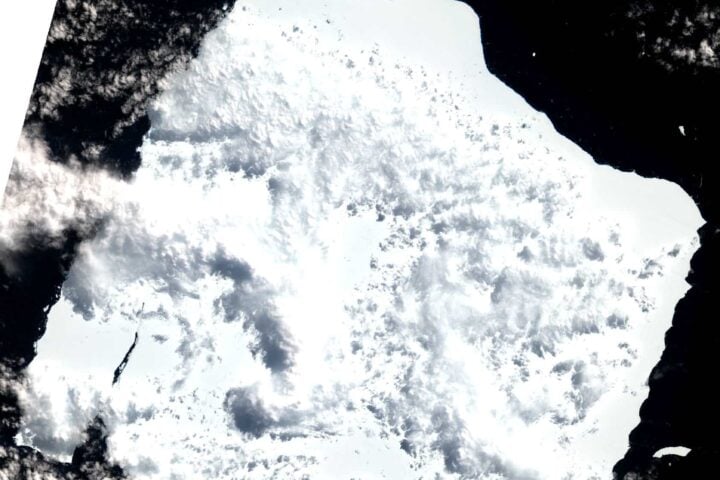Climate change affects life. This is confirmed in a recent research of Washington University. The study team of University of Washington has unveiled unprecedented injuries in polar bears due to changing Arctic ice conditions. Published in the journal Ecology, this groundbreaking study is the first document to note such injuries in polar bears. Highlighting the novel nature of the phenomenon, this study marks the first recorded instance of ice-related injuries in polar bears. As stated in the press release: “It’s the first time that such injuries have been documented in polar bears.”
Lacerations, hair loss, skin ulcerations, and ice buildup on their paws are being experienced by polar bears due to changing ice conditions. The study focused on polar bears in East Greenland and Kane Basin. Both the places showed significant injuries. The cause of injuries is climate change. More frequent freeze-thaw cycles and wet snow exacerbate the problem. As lead author Kristin Laidre explains: “As strange as it sounds, with climate warming there are more frequent freeze-thaw cycles with more wet snow, and this leads to ice buildup on polar bears’ paws.”
The unexpected nature of these injuries and the considerable pain they cause the affected bears were emphasized by the lead author Kristin Laidre. These types of injuries were not previously documented in decades of polar bear health studies, according to historical data comparisons. The impact of wet snow conditions on local wildlife, including similar injuries in sled dogs, was long observed by indigenous hunters in Kane Basin. As noted in the press release: “The two most-affected bears couldn’t run — they couldn’t even walk very easily… The chunks of ice weren’t just caught up in the hair. They were sealed to the skin, and when you palpated the feet it was apparent that the bears were in pain.”
Polar bear populations could severely be affected by these injuries. Their ability to hunt and ultimately threatening their survival are the likely results. The environmentalists suggest conservation strategies like habitat preservation and aggressive measures to reduce greenhouse gas emissions. The severity and scale of the problem can be brought to the notice of nature lovers by using images or videos. As Laidre states, “We can reduce greenhouse gas emissions and try to limit climate warming.”
Similar Posts
The University of Washington study is groundbreaking. It is important to compare these findings with historical data. These populations of polar bears have been studied by researchers since the 1990s, yet such injuries have not been reported before. The latest study emphasized the rapid and significant impact of climate change (CC) on polar bear health. The press release confirms, “Researchers have studied these two polar bear populations since the 1990s but haven’t reported these types of injuries before.”
A more comprehensive understanding is provided by incorporating insights from indigenous hunters. These injuries have been observed and noted by them. This local knowledge adds depth to the scientific findings. The findings of the latest study have broader implications. As the study notes: “Consultations with lifetime Indigenous subsistence hunters and a survey of the scientific literature suggests this is a recent phenomenon.”
The documented injuries are not just immediate concerns. Potential long-term threats to polar bear populations are foreshadowed by these injuries. Injured bears may struggle to hunt. That may lead to decreased survival rates. It further stresses already vulnerable populations of polar bears. However, as Laidre cautions, “We’ve seen these icing-related injuries on individual polar bears… But I would hesitate to jump to conclusions about how this might affect them at a population level. We really don’t know.”


















